The Manuka Oval is an iconic stadium in Canberra that is a testament to Australia’s love affair with cricket and Australian rules football.
With its rich history, picturesque surroundings and backed by fervent sports-loving community, Manuka Oval has emerged as a premier destination for fans and sportsmen alike.
Offering an unparalleled experience that blends tradition, modern amenities and a captivating atmosphere, this esteemed venue has earned its reputation as a cherished institution in the Australian sporting landscape.
Dating back to its establishment in 1929, Manuka Oval has witnessed countless thrilling matches, captivating rivalries and awe-inspiring sporting moments over the years.
In this article, we embark on a comprehensive review of the Manuka Oval, delving into its history, architectural marvels, amenities and the overall experience it offers to visitors.
From getting to the ground and what to expect while you are there to finding somewhere to eat, drink and stay nearby, we will explore the aspects that make Manuka Oval a treasured gem in the Australian Capital Territory.
So let’s get into it!
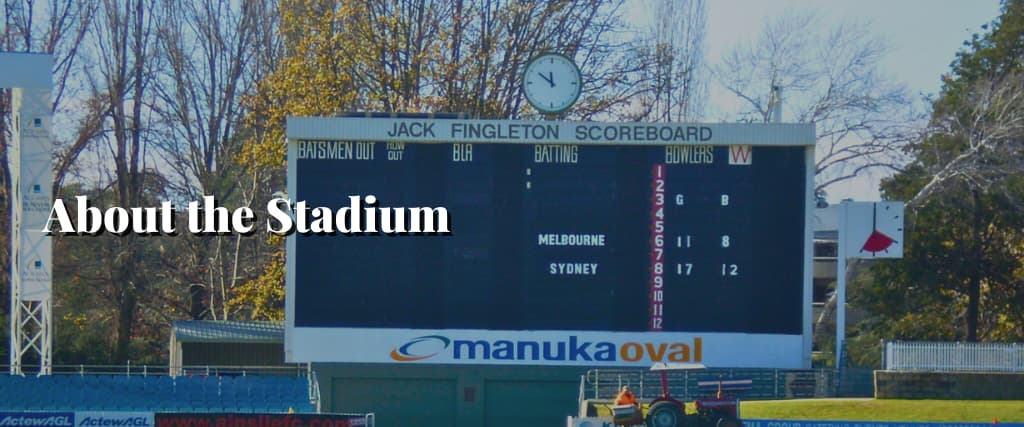
About the Stadium
Located in the leafy suburb of Griffith, this revered stadium has hosted a myriad of national and international cricket matches, including test cricket, the prestigious women’s Ashes series and various One Day Internationals.
Furthermore, it has become a beloved home ground for the Australian Capital Territory’s Australian rules football team, the GWS Giants, adding another layer of excitement to its already illustrious legacy.
One of the defining features of Manuka Oval is its idyllic setting, nestled amidst lush greenery and against the backdrop of the iconic Telstra Tower. The picturesque surroundings provide a serene and visually stunning ambience for spectators and players alike, offering an escape from the hustle and bustle of the city.
With a seating capacity of 16,000 overall, state-of-the-art facilities and meticulous attention to detail, Manuka Oval ensures visitors have an unforgettable experience from the moment they enter its gates.
However, it is not only the aesthetics that make Manuka Oval a remarkable sporting venue. The stadium’s commitment to creating an electric atmosphere is evident in the passionate crowds that fill its stands. The resounding cheers, collective chants, and unwavering support from fans inject an infectious energy into every match, amplifying the thrill of the game and fostering an unrivalled sense of camaraderie among attendees.
This unique atmosphere has earned the Oval a reputation as a must-visit destination for sports enthusiasts who revel in the unforgettable moments created within its hallowed grounds.
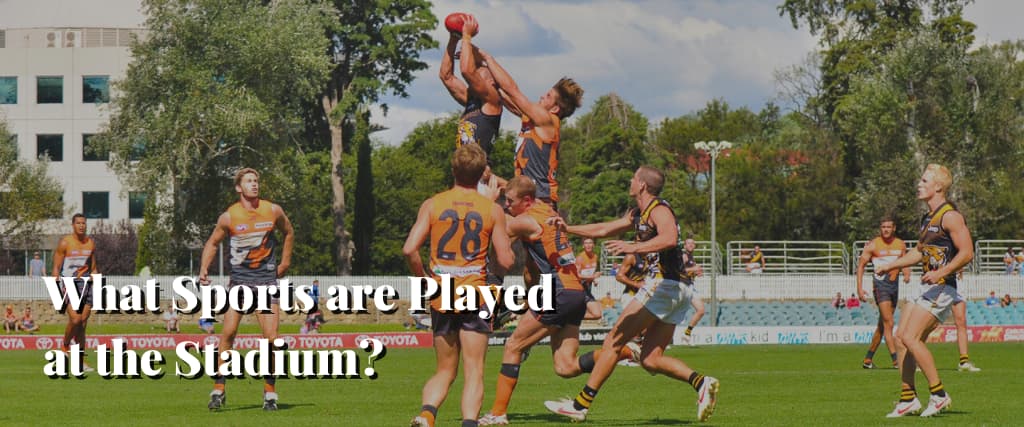
What Sports are Played at the Stadium?
The main sports played at the Manuka Oval are cricket and Australian Rules Football.
Cricket was first introduced in 1930. However, it wasn’t until 1951 that it started becoming a regular fixture. At that time, Robert Menzies organised a Prime Minister’s XI match to be played against the touring overseas national team. Six more matches were played during his prime ministerial term, which ended in 1965. After which, there was a 19-year hiatus of the fixture. This was brought back in 1984 by Bob Hawke and has since been played annually.
The ground hosted its first One Day International match in 1982 when South Africa took on Zimbabwe in the 1992 Cricket World Cup. It also hosted three games in the 2015 World Cup.
The first test match was played here three years later when Australia took on Sri Lanka. The Aussie batsmen marked the occasion by scoring four centuries.
Women’s international cricket has also been played at the ground while the venue has hosted Big Bash T20 games, including the final in the 2014–15 season.
In addition to cricket, the Manuka Oval hosts Australian Rules football. Between 1928 and 1991, it accommodated the Manuka Football Club, which played its home games here.
Top-flight AFL games were played here in the period of 1998 to 2006 when the North Melbourne Kangaroos played 18 matches at the venue. Between 2007 and 2011 both the Western Bulldogs and Melbourne Demons played ‘home’ games against the Sydney Swans.
Since 2012 the Greater Western Sydney Giants have competed in three home and three away matches at the venue.
The women’s team has a similar arrangement for one game every season, while the Eastlake Demons and Belconnen Magpies both play home matches here in the North East Australian Football League competition.

What Other Sports Have Been Played There?
Over the years several other sports have been played at the venue.
One of them has been rugby league, with the ground hosting the second warm-up game of the British Lions’ 1948 tour to Australia. The French rugby league team also played a match here in 1951. While in NRL, one contest was played here in 2001 when the Canberra Raiders took on the New Zealand Warriors.
Rugby union has also been played at the ground, primarily when the Canberra Kookaburras competed in the Sydney competition between 1995-2000 before their exclusion from the competition.
Additionally, boxing, wrestling and hockey have also taken place here, along with soccer – Canberra City played home games here in 1977 before moving to their newly built Bruce Stadium a year later.

Naming Rights
Back in the 1920s, the ground was a park that was officially called the ‘Manuka Circle Park’.
Due to naming right’s deals the stadium has been known as StarTrack Oval and UNSW Canberra Oval at various points.
However, since 2020 it has been referred to simply as the Manuka Oval.
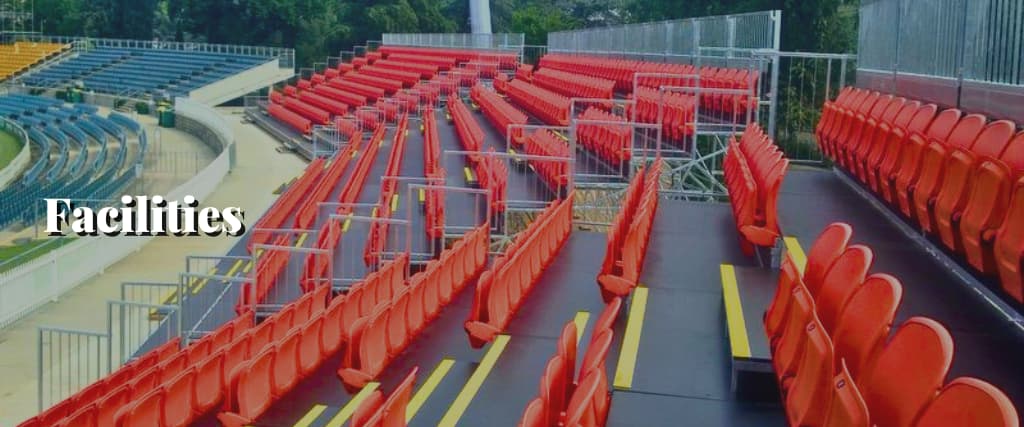
Facilities
Manuka Oval boasts a range of world-class facilities that contribute to an exceptional sporting experience for visitors. From comfortable seating arrangements to modern amenities, the Oval has been thoughtfully designed to cater to the needs and preferences of fans and athletes alike.
The seating capacity of Manuka Oval is impressive, accommodating a maximum of 16,000 spectators without compromising on comfort. The stadium offers a mix of seating options, including general admission areas, reserved seating and corporate boxes. Whether you prefer to soak up the atmosphere from the stands or enjoy a more exclusive experience in the premium areas, its seating arrangements suit every preference.
To enhance the overall spectator experience, the Oval has excellent floodlights allowing for night play. It is also equipped with advanced audio and visual systems, ensuring that spectators can fully immerse themselves in the excitement of the game. Large screens placed strategically throughout the venue provide live-action replays, close-ups of key moments and informative graphics, allowing fans to stay engaged and capture every detail of the match.
For those seeking a more exclusive experience, the Oval offers corporate hospitality options, including private suites and lounges. These premium facilities provide a luxurious setting for corporate events, social gatherings, or simply enjoying the game in a more intimate and refined atmosphere. With dedicated staff catering to the needs of guests, these spaces offer a heightened level of comfort and personalised service.
The Manuka Oval also boasts modern restroom facilities that are well-maintained and easily accessible, ensuring convenience for all attendees.
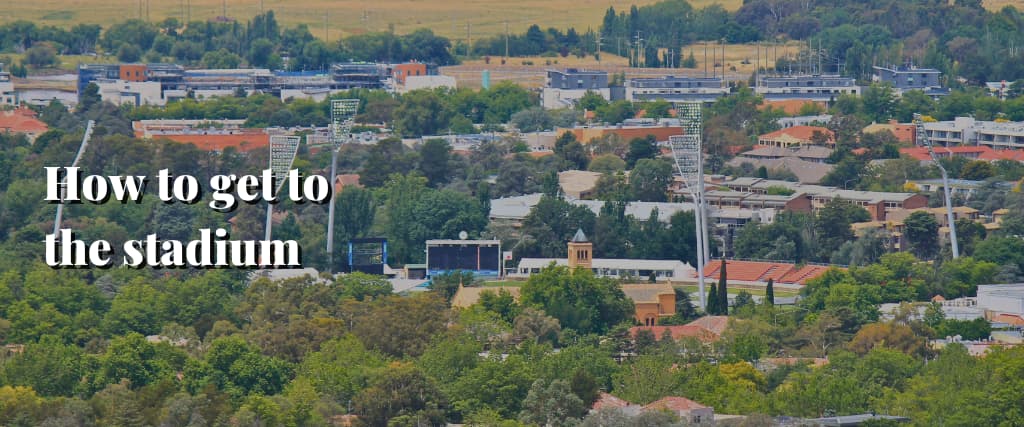
How to get to the stadium
Getting to Manuka Oval for a cricket or AFL match is relatively straightforward.
If you’re travelling by car, the venue is conveniently located just a few kilometres from Canberra’s city centre. Take advantage of GPS navigation or follow road signs to guide you to the stadium. Once there, you will find designated parking areas near the venue, but it’s advisable to arrive early, especially during
major events, as parking spaces can fill up quickly.
For those without a car, Canberra has an efficient public transportation network, that makes it easy to reach Manuka Oval via buses. ACTION buses regularly operate in the city and specific routes service the stadium area. The closest bus stops to Manuka Oval are typically within a short walking distance, allowing for convenient access. So check the local bus schedules and plan your journey accordingly.
Canberra is also known for its cycling-friendly infrastructure. So riding to the ground on a bicycle can be a great option. The city features a network of dedicated cycling paths, including those leading to the Manuka Oval. Consider using a cycling map or GPS navigation to find the most suitable route and take advantage of bike racks available near the stadium for secure bicycle parking.
If you’re in the vicinity of the city centre or nearby suburbs, walking to Manuka Oval is a viable option. The stadium is in Griffith, a well-connected area with pedestrian-friendly streets. You can enjoy a leisurely stroll through the leafy neighbourhood and arrive at the Oval in a reasonable amount of time.
Arguably the easiest way to get to the stadium is via taxi or ride-sharing services such as Uber. Drop-off and pick-up points are usually designated near the stadium to ensure smooth access for passengers.

Food Options
To enhance the overall match day experience, the Manuka Oval provides ample facilities for food and beverages for spectators.
Numerous food outlets and kiosks are strategically placed throughout the venue, offering a variety of culinary delights to suit all tastes.
From classic stadium snacks like hot dogs and burgers to gourmet options and local delicacies, visitors can indulge in diverse food and drink options, ensuring that no one goes hungry or thirsty during their time at Manuka Oval.
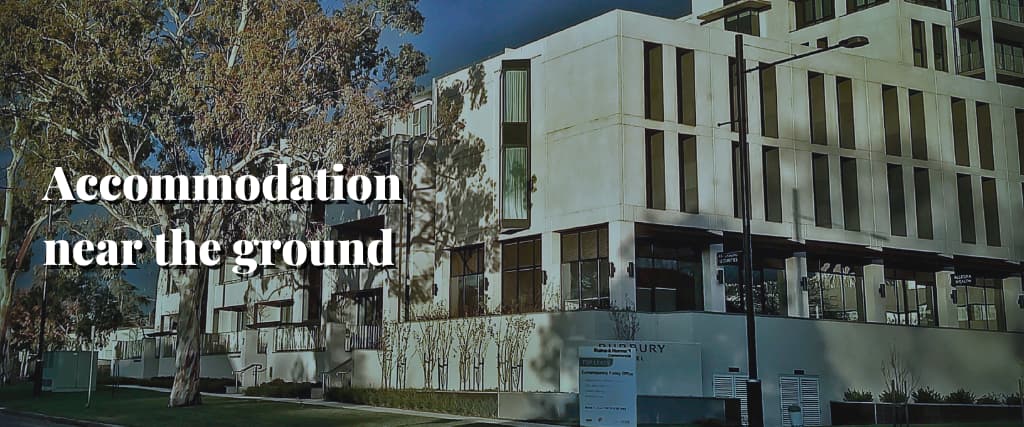
Accommodation near the ground
When it comes to finding accommodations near Manuka Oval, there are several excellent options that offer comfort, convenience and proximity to the stadium.
One highly recommended choice is the East Hotel in Kingston, which provides stylish and contemporary rooms within walking distance of the Oval. Another exceptional option is the Burbury Hotel & Apartments in Barton, offering luxurious accommodations with breathtaking city views.
For a sophisticated stay, Hotel Realm in Barton is an excellent choice, boasting spacious rooms, top-notch amenities and a selection of dining options. However, those seeking a unique experience may consider the Little National Hotel in Barton, featuring compact yet stylish rooms and inviting shared spaces.
Additionally, Abode Kingston in Kingston offers self-contained apartments, perfect for travellers seeking a home-away-from-home experience. Finally, Manuka Park Serviced Apartments in Griffith provides spacious and fully equipped apartments for a comfortable stay.
With these fantastic options available, visitors to Manuka Stadium can find the perfect place to rest and rejuvenate after enjoying thrilling sporting events or exploring the vibrant city of Canberra.

Good pubs to visit
For those who want to enjoy a drink and a meal before or after a match, there are plenty of places to do so near Manuka Stadium.
One notable establishment is the Public Manuka, located just a short stroll from the stadium. Known for its extensive craft beer selection and lively ambience, it’s a popular spot for sports fans. The Dock in Kingston is another fantastic option, offering a relaxed setting, a selection of craft beers on tap and tasty pub grub.
If you’re hankering for a more traditional pub experience, the Kingston Hotel is a must-visit. With its cosy interiors, friendly staff and an impressive array of beers and spirits, it provides a quintessential pub atmosphere.
Additionally, the Old Canberra Inn in Lyneham is worth considering, known for its historic charm, craft beer focus and hearty pub meals, it is particularly popular with cricket fans.
Overall, these pubs near Manuka Stadium offer the perfect combination of good drinks, tasty food and a lively atmosphere. Therefore they ensure a memorable experience for visitors looking to get themselves up for or process the main talking points of the big game.

Quick Stats
Address: Manuka Circuit, Griffith ACT 2603
Capacity: 16,000
Opened: 1929
Owner: ACT Government
Field Size: 167.5 x 138.2 metres
Surface Type: Cricket Square (Legend) and Outfield (Santa Ana)
Record attendance: 15,807 (1985, Prime Minister’s XI v. West Indies)
